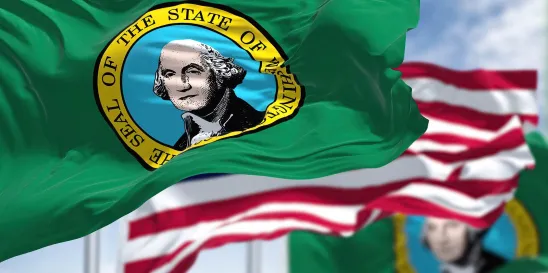The Washington State Department of Ecology (Ecology) filed a petition on January 4, 2024, under the Toxic Substances Control Act (TSCA) requesting that the U.S. Environmental Protection Agency (EPA) reduce allowances for inadvertently generated polychlorinated biphenyls (PCBs) in consumer products. Ecology’s petition asks EPA to initiate a rulemaking to phase-in “an eventual limit of zero” for inadvertently generated PCBs over a ten-year period. Ecology is primarily concerned with inadvertently generated PCBs found in pigments, inks, and dyes.
Ecology filed its petition under Section 21 of TSCA. EPA has until April 3, 2024, to grant or deny the petition.
Manufacturers or importers of pigments, dyes, and inks containing PCBs inadvertently generated as a byproduct should monitor the results of Ecology’s petition. If EPA approves the petition, it could result in an EPA rulemaking. If EPA denies the petition, it could result in judicial review of the denial.
Background on Inadvertently Generated PCBs
EPA promulgated a rule in 1984 that amended 40 C.F.R. Part 761 and set limits for inadvertently generated PCBs. See 49 Fed. Reg. 28172 (July 10, 1984). Under 40 C.F.R. § 761.3 (definition of “excluded manufacturing process”), the concentration of inadvertently generated PCBs in products leaving any manufacturing site or imported into the United States must have an annual average of less than 25 ppm, with a 50 ppm maximum. The preamble to the 1984 rule concluded that inadvertently generated PCBs in products at those levels were not absolutely safe, but the risks were not unreasonable, finding that stricter regulation would result in great expense for a small increment in risk reduction.
In 2019, Washington State enacted one of the strongest state chemical bills in the country to restrict or require reporting for certain chemicals. Ecology adopted rules under the law, but found in a report to the state legislature that the agency was federally preempted under TSCA’s Section 18(a)(2)(B) from implementing restrictions on allowable concentrations of inadvertently generated PCBs. Ecology is now requesting that EPA promulgate rules to restrict inadvertently generated PCBs.
Ecology’s Petition to EPA
Ecology’s petition requests that EPA reassess its prior 1984 rule, stating that the current limits are not based on specific scientific studies, and that current scientific studies support the finding that inadvertently generated PCBs at permissible levels are a threat to human health and the environment. Ecology is requesting that EPA take the following actions with respect to PCBs:
- Commence rulemaking to reassess limits on allowable inadvertent PCBs found in consumer products.
- Adopt a new rule that identifies the use of pigments containing PCBs as a “use” of PCBs and subject to limitations in 40 C.F.R. § 761.20(a).
- Establish new, lower limits on allowable inadvertently generated PCBs in consumer products.
- Ecology suggests an eventual limit of zero, phased in over a ten-year period.
- Establish priority consumer products that will be subject to lower allowable limits of inadvertent PCBs at an earlier date.
- Ecology suggests that pigments, inks, and dyes should be subject to lower limits that apply prior to the proposed ten-year phase-in.
The focus of Ecology’s petition is on inadvertently generated PCBs produced as an unintended byproduct. Ecology is specifically focused on PCBs from pigments, inks, and dyes, which the agency states have been “directly linked to wastewater discharges with PCB levels above water quality criteria in the City of Spokane, Washington.” It asserts that PCBs are inadvertently generated during the manufacture of chlorine-based pigments. Ecology suggests that there are readily available PCB-free alternative pigments available, which would help justify the proposed ban on PCB-containing pigments.
What Comes Next
Section 21 of TSCA allows any person to petition EPA to initiate a rulemaking proceeding for the initiation of “a proceeding for the issuance, amendment, or repeal of a rule” under certain sections of TSCA. If EPA grants Ecology’s petition, EPA must start an appropriate rulemaking process to consider Ecology’s requests. If EPA denies the petition, it must publish a notice detailing the reasons for the denial. EPA has 90 days, or until April 3, 2024, to respond to Ecology’s petition.
If EPA denies or does not respond to Ecology’s petition by April 3, 2024, Ecology may initiate a civil action in federal district court to compel EPA to begin the requested rulemaking process.
There could be ramifications for certain chemical manufacturers if EPA grants Ecology’s petition. Manufacturers or importers of chlorine-based pigments would likely be most affected. They should watch to see whether EPA initiates the rulemaking process or if Ecology files a civil action in federal district court.







 />i
/>i
